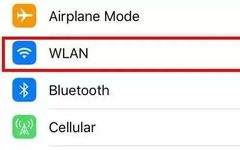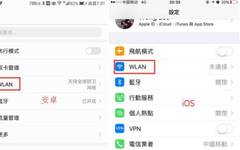The Origin, Birth, and Development of Wi-Fi
Introduction This section was originally intended to start discussing the content of 802.11e, because the birth and formation of wireless local area networks, especially during the evolution process, an important starting point is 802.11e. Many of the contents introduced in 802.11n, 802.11ac, and 802.11ah can actually be found in 802.11e, and more generally, the earlier … Read more









